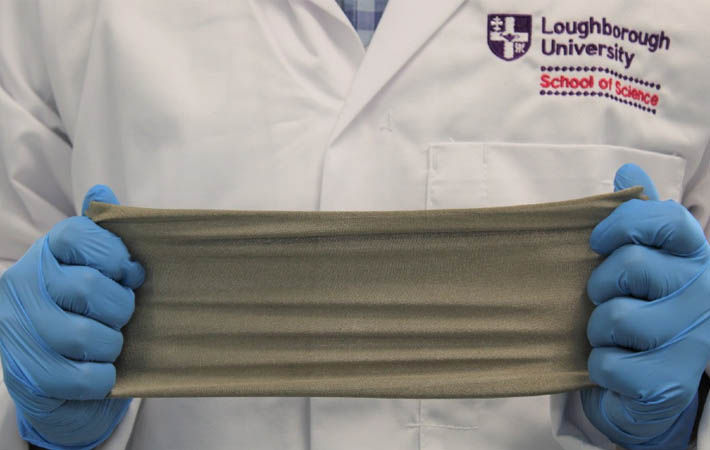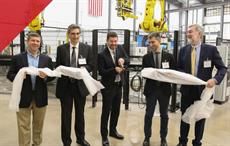
The technique, published in ‘ACS Applied Electronic Materials’, can turn common textile materials into energy-generating textiles using established methods like yarn coating, dip coating and screen-printing to apply triboelectrically active solutions.
The wearable TENG-containing fabrics are similar in texture to knitted materials used to make jumpers and T-shirts.
But unlike your basic pullover, these energy-generating textiles can produce electricity to operate low-power electronics using our natural body movements.
The 4cm-by-4cm lightweight and thin TENG textile produced over 35V of voltage using mild artificial movements that replicated slow body movements, and this could potentially power low-power health sensors, environmental sensors and electronic devices in the near future, a press release from the UK university said.
Ishara Dharmasena of the School of Mechanical, Electrical and Manufacturing Engineering (MEME) at the UK university says the technology will be “massively beneficial for future smart textile and wearable electronic applications” and could support the global shift to remote health monitoring.
“With this research, we were able to demonstrate that we can use the existing textile materials and common textile manufacturing techniques to produce wearable TENGs with balanced electrical and comfort properties”, he said.
TENG devices collect static charges, like those that make a balloon stick to a wall when rubbed against a jumper, or those that give a sudden shock when you step on a carpet.
Once attached to the human body or clothing, TENG devices ‘slide’ or ‘vibrate’ with movements to create an electrical signal through a process called ‘electrostatic induction’.
Experts have looked to use TENGs in fabric before, but, due to them being made of rigid and bulky plastic sheets and expensive manufacturing techniques, past clothing applications have been unsuccessful.
The new technique overcomes these issues by combing new conventional textile materials and carefully engineered TENG device designs.
These devices display improved electricity generation and meet most of the comfort and durability requirements for textile products - a balance that has been very difficult to achieve so far in TENG research area.
Fibre2Fashion News Desk (DS)

